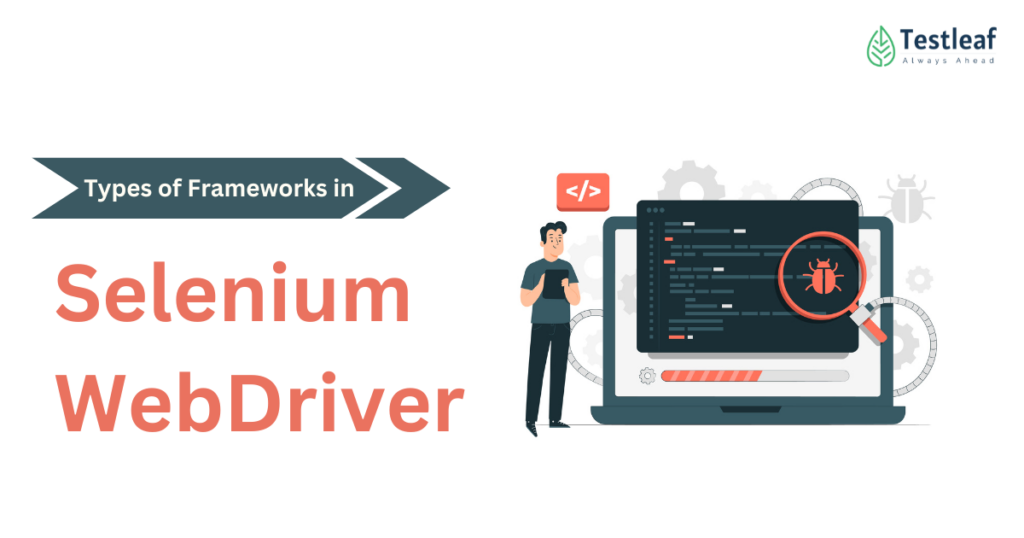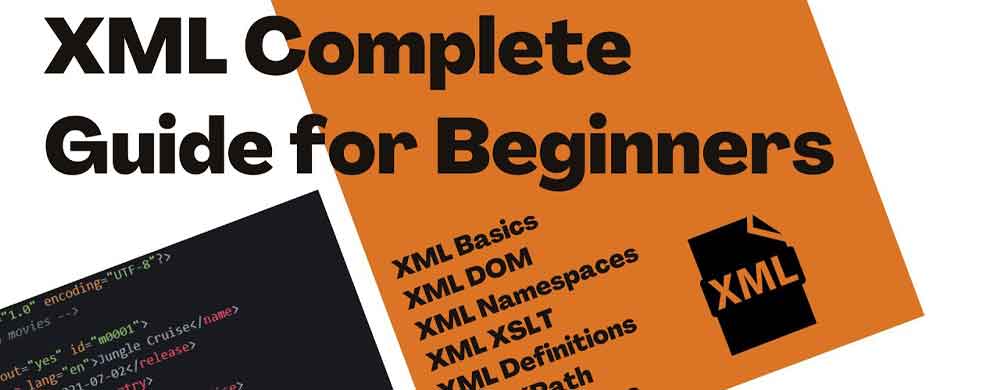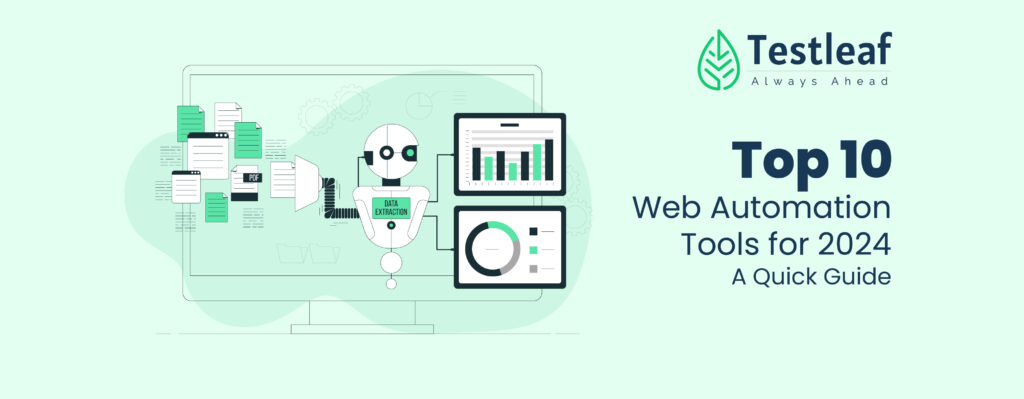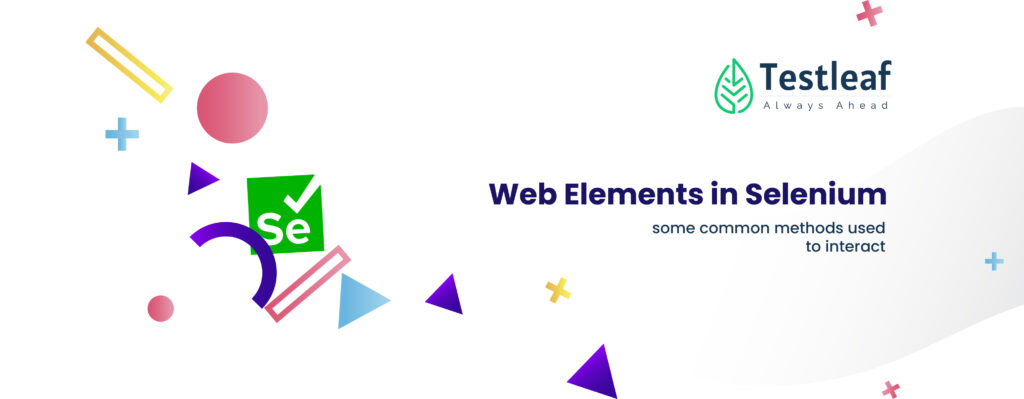Introduction
Selenium WebDriver allows automation of web applications, but without a structured approach, test scripts can become difficult to maintain and scale. Enrolling in a selenium webdriver training program can help you understand best practices and implement a structured approach effectively. Test automation frameworks provide guidelines, tools, and reusable components that help create efficient, organized, and scalable test scripts.
In this article, we will explore the major types of frameworks integrated with Selenium WebDriver, their characteristics, advantages, and when to use them.
- Data-Driven Framework
A data-driven framework separates test scripts from test data, allowing the same test script to be executed with multiple sets of input data.
Characteristics:
- Uses external data sources such as Excel, CSV, XML, or databases.
- Utilizes libraries like Apache POI for handling Excel files and TestNG’s DataProvider for data-driven testing.
- Reduces redundancy by enabling test execution with different data sets without modifying the test script.
Advantages:
- Improves test coverage by testing multiple data sets.
- Enhances maintainability as test data is stored separately.
- Reduces effort in modifying test scripts when data changes.
When to Use:
- When testing applications with a variety of input values.
- When maintaining a clear separation between test scripts and test data.
Enhance your test automation knowledge with these Top Framework Interview Questions to stay ahead in your career.
- Keyword-Driven Framework
A keyword-driven framework uses predefined keywords representing various test actions, making it easier to write test scripts without deep programming knowledge.
Characteristics:
- Uses external files (Excel, XML, or property files) to define keywords.
- Keywords represent actions like ClickButton, EnterText, or VerifyTitle.
- Implements functions mapped to each keyword in a function library.
Advantages:
- Enables non-programmers to write test scripts.
- Enhances reusability by defining common actions as keywords.
- Makes scripts more readable and maintainable.
When to Use:
- When testing requires collaboration between testers and non-technical stakeholders.
- When reusability and modularity are key objectives.
Also Read: https://blog.testleaf.com/test-automation-framework-interview-questions/
- Hybrid Framework
A hybrid framework combines features of both data-driven and keyword-driven frameworks, offering flexibility and enhanced functionality.
Characteristics:
- Uses keywords to define test steps.
- Separates test scripts from test data for easy maintenance.
- Provides modularity and reusability of test components.
Advantages:
- Increases test efficiency by combining the strengths of multiple frameworks.
- Enhances scalability for large-scale automation projects.
- Allows easy integration with other tools like TestNG and Cucumber.
When to Use:
- When handling complex applications requiring flexibility in test execution.
- When aiming for high reusability and modularity.
- Behavior-Driven Development (BDD) Framework
A BDD framework focuses on test scenarios written in a natural language format, making it easier for all stakeholders, including non-technical users, to understand test cases.
Characteristics:
- Uses tools like Cucumber (Java), SpecFlow (.NET), and Behave (Python).
- Test cases are written in Gherkin syntax using Given-When-Then statements.
- Requires step definitions to execute scenarios.
Advantages:
- Enhances collaboration between testers, developers, and business analysts.
- Makes test scripts readable for non-technical stakeholders.
- Promotes behavior-focused test case development.
When to Use:
- When business teams need visibility into test cases.
- When following Agile methodologies for development.
- Module-Based Framework
A module-based framework divides the application into smaller modules and tests them independently.
Characteristics:
- Each module’s test scripts follow design patterns like the Page Object Model (POM) or Factory Design Pattern, improving code maintainability and reducing redundancy.
- Modules can be tested individually before integration.
- Enhances code reusability by centralizing common functions like login, which can be shared across modules.
Advantages:
- Simplifies maintenance by breaking down testing into modules.
- Increases scalability for testing large applications.
- Enhances flexibility by allowing separate execution of modules.
When to Use:
- When testing large-scale applications with multiple components.
- When ensuring modular and isolated test execution.
Discover the Top 10 Performance Testing Tools in 2025 to enhance your application’s speed, scalability, and reliability.
- Linear Scripting Framework
The linear scripting framework is the simplest type, often referred to as a record-and-playback framework /Script based.
Record and Playback Framework (Selenium IDE)
- Uses Selenium IDE (Integrated Development Environment) for recording and playing back user actions.
- Best for beginners and non-programmers.
- No coding knowledge required, tests are recorded and replayed.
- Not scalable for large projects.
Script-Based Linear Framework
- Scripts are written in a sequential manner without modularization.
- Every test case is written independently, making maintenance challenging.
Characteristics:
- Does not require modularization or external data storage.
- Scripts are written sequentially without reuse.
- Best suited for small applications with limited test cases.
Advantages:
- Easy to implement with minimal programming knowledge.
- Suitable for quick test automation setup.
- Useful for beginners and small projects.
When to Use:
- When testing small-scale applications.
- When quick and simple test automation is needed.
- While useful for quick automation, this framework is not scalable for complex applications.
Conclusion
Choosing the right Selenium framework ensures structured, reusable, and scalable test automation, leading to improved software quality and faster execution cycles.
- Data-driven and keyword-driven frameworks suit applications requiring varied test data and action-based scripting.
- Hybrid frameworks offer the best of both worlds, combining flexibility and efficiency.
- BDD frameworks enhance collaboration and readability.
- Module-based and POM frameworks improve scalability and maintainability.
- Linear scripting frameworks are ideal for quick and small-scale automation but not for complex applications.
Selecting the appropriate framework depends on project requirements, application complexity, and team expertise, ensuring robust, scalable, and maintainable Selenium test automation.
We Also Provide Training In:
- Advanced Selenium Training
- Playwright Training
- Gen AI Training
- AWS Training
- REST API Training
- Full Stack Training
- Appium Training
- DevOps Training
- JMeter Performance Training
Author’s Bio:

As CEO of TestLeaf, I’m dedicated to transforming software testing by empowering individuals with real-world skills and advanced technology. With 24+ years in software engineering, I lead our mission to shape local talent into global software professionals. Join us in redefining the future of test engineering and making a lasting impact in the tech world.
Babu Manickam
CEO – Testleaf







